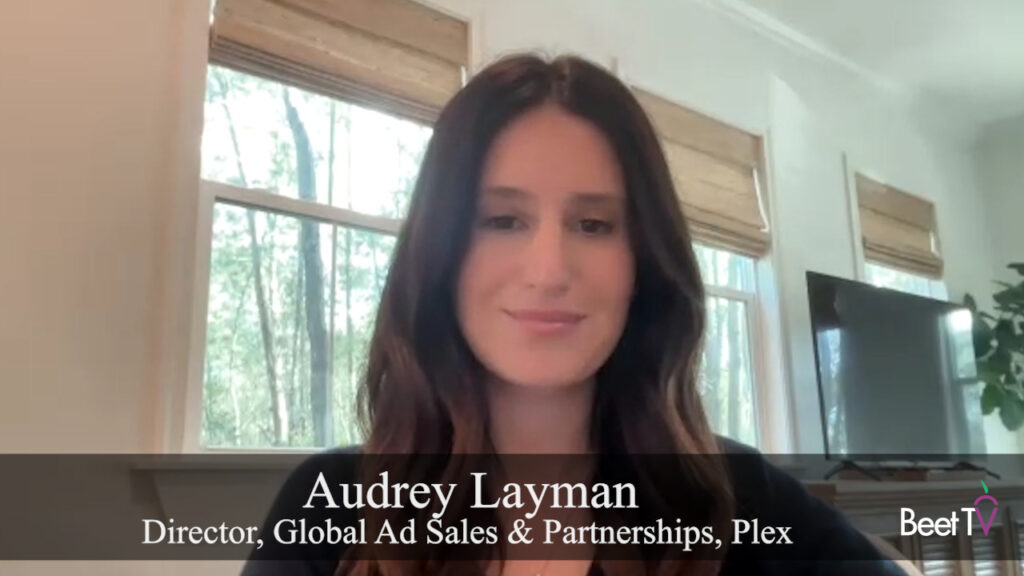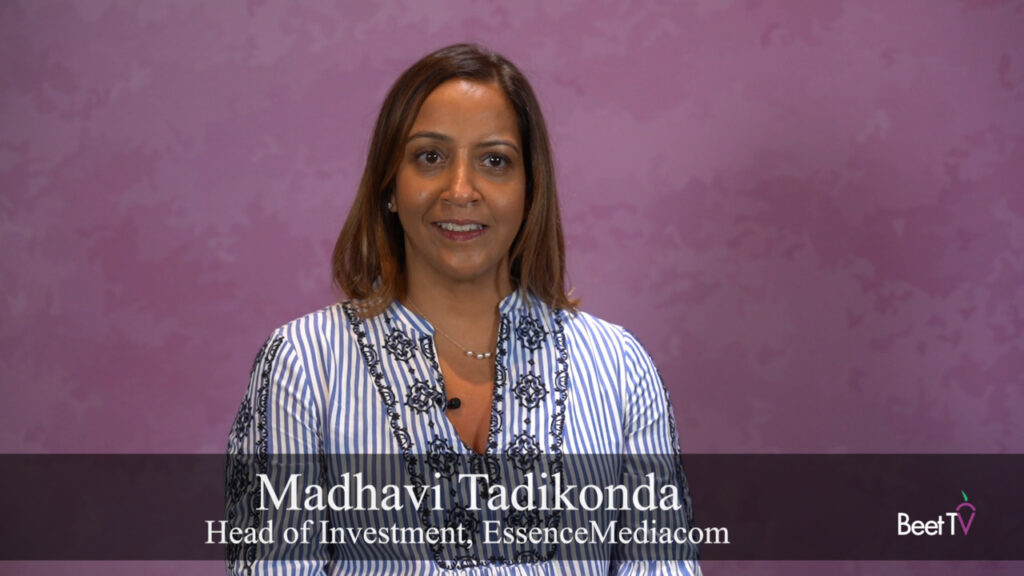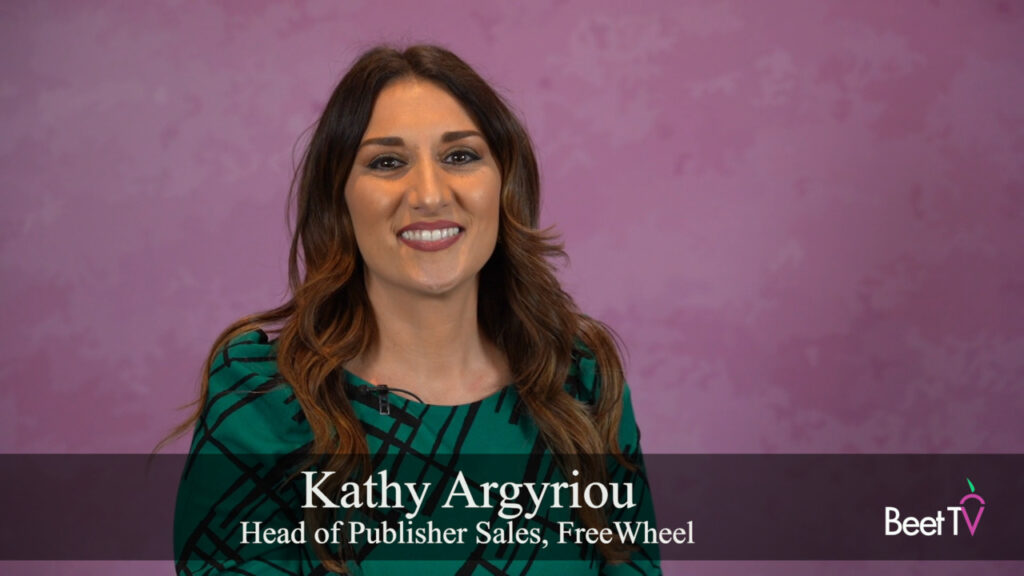Within the realm of addressable television, 18-year-old TiVo’s more liberal approach to sharing viewer data makes it a welcome alternative to “stitching together” the plethora of inconsistent information owned by TV and device manufacturers.
This is the viewpoint of Michael Bologna, President of GroupM unit MODI Media, who says TiVo is “its own MSO in a way.” But unlike true cable systems operators, which limit what they allow set-top box data aggregators to divulge, TiVo has been very useful to companies like MODI.
“Part of what makes TiVo unique and why we like working them is they have their own set-top data,” says Bologna. “They have their own set-top boxes. While they license some, they are able to be a little more liberal with offering the use of the data to advertisers and agencies.”
Because MODI is at the mercy of companies that manufacture televisions or devices that enable video on demand to provide what amounts to consistent data, the company ends up as a kind of seamstress.
“We’re still doing a lot of stitching,” Bologna says. “Samsung, LG, Panasonic, Roku. We’re still stitching them all together and doing a lot of manual work to create a true over-the-top initiative for advertisers.”
Beyond the implementation of better addressable TV systems, Bologna sees a major sticking point stemming from how the resultant data will actually be brought to market. In other words, who gets the “value” the data deliver?
“The data could suggest I should be buying more of, or paying more for, some of the networks’ longer-tail inventory because data suggests it delivers well against my high value segment,” Bologna observes. “But when that same data suggests that their primetime hit shows are delivering 20% less, are they going to say ‘Okay, let’s follow the data there and reduce the price by 20%,’ or are they going to say ‘Oops, supply and demand, it doesn’t count that way?’”
We interviewed him at the Videology Full Frontal Conference in New York. Please watch other videos from Beet’s coverage here.


























